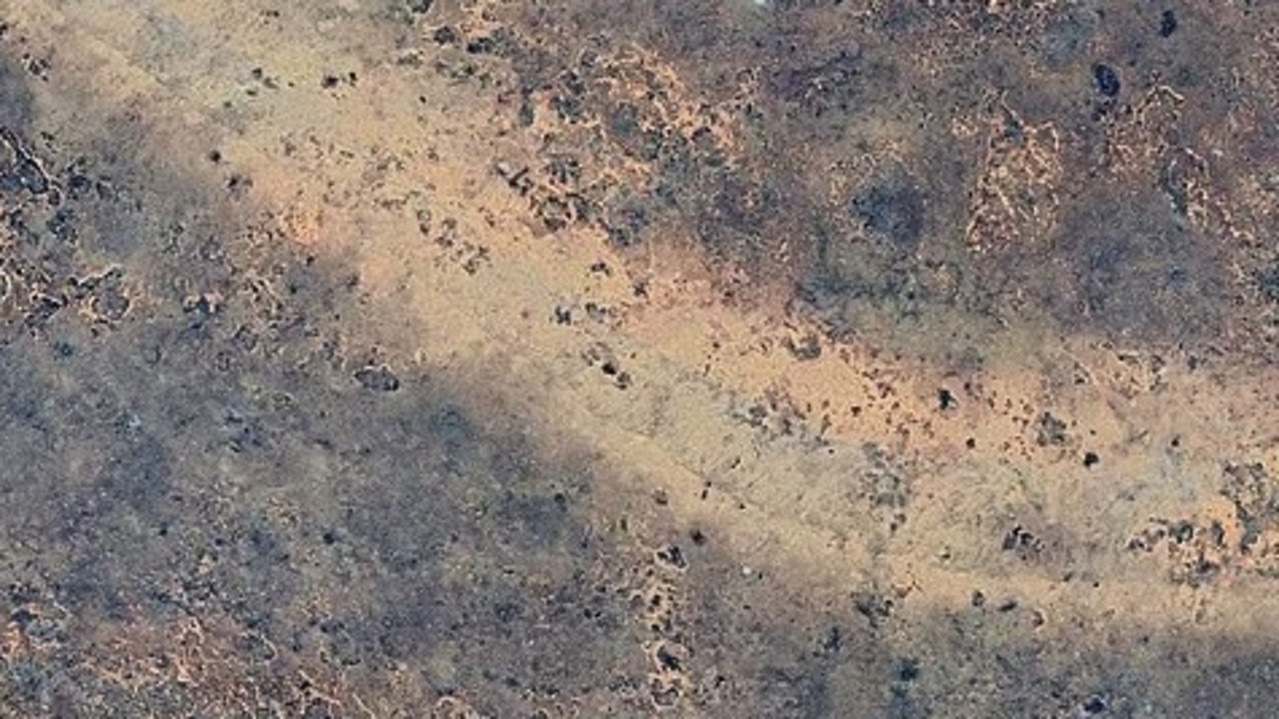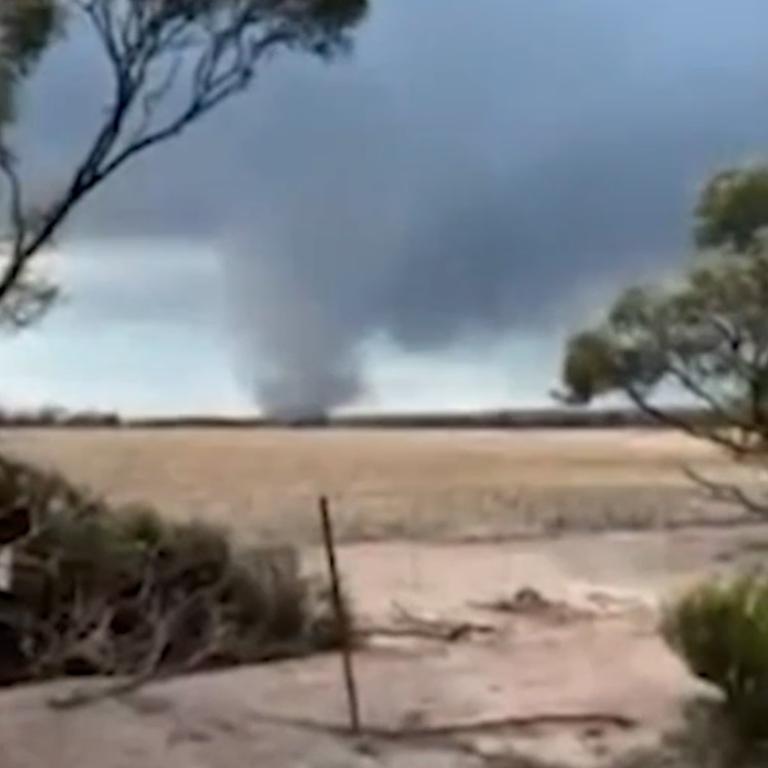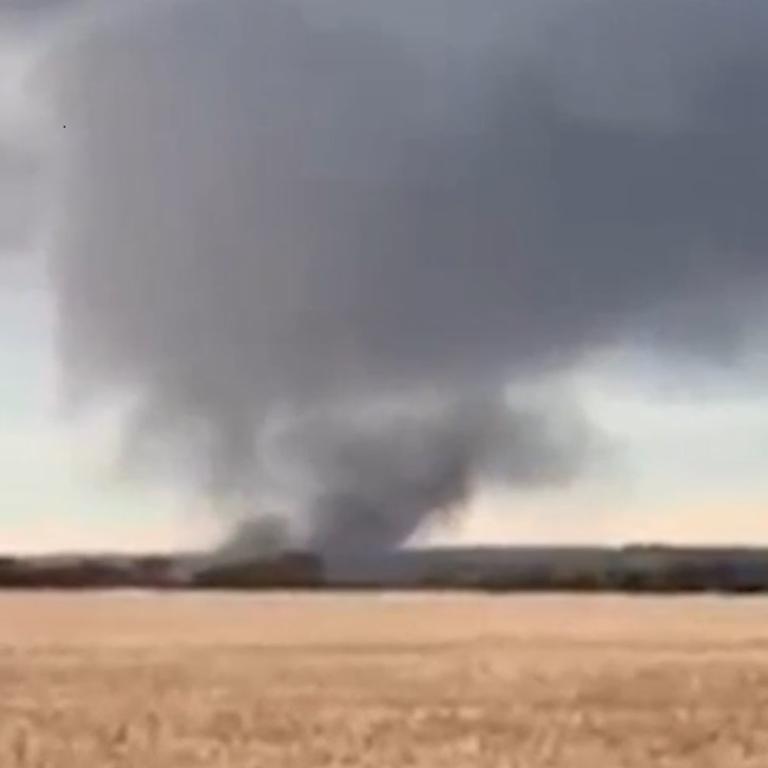Man finds tornado scar on Nullarbor Plain
The discovery was caused by a rare weather event that no one knew about.

A large mysterious scar etched into the barren landscape of the Nullarbor Plain has been discovered.
A caver came across satellite images, that piqued the interest of Dr Matej Lipar, Adjunct Research Fellow in Curtin’s School of Earth and Planetary Sciences.
After researching the pictures, the doctor realised the scar was created by a massive tornado that no one knew about.
The scar is 11 kilometres long and 250 metres wide, Dr Lipar told The Conversation.
It has a pattern called ‘cycloidal marks’, created by tornado suction vortexes.
This suggests the tornado was in the strong F2 or F3 category, with winds of up to 200 kilometres per hour. It lasted up to 13 minutes.
“Features of the scar suggest the whirling wind within the tornado was moving in a clockwise direction,” he said.

“We also think the tornado moved from west to east – which is consistent with the direction of a strong cold front in the region at the time.”
The markings stretch from Western Australia over the border to South Australia, 20 kilometres north of the Trans-Australian Railway and 90 kilometres east-northeast of Forrest, an old railway settlement.
Comparing satellite imagery, the research concluded the tornado occurred between November 16 and 18, 2022.
“Remarkably, the scar was still clearly visible 18 months after the event, both in satellite images and on the ground,” Lipar said.
“This is probably because vegetation grows slowly in this dry landscape, so hadn’t yet covered the erosion.”


The man who found the scar had been using Google Earth satellite imagery to search the Nullarbor for caves or karst features – a type of landscape where the dissolving of the bedrock has created sinkholes, sinking streams, caves or springs.
“The discovery of the scar came to the attention of my colleagues and I through the collaborative network of researchers and explorers who study the Nullarbor karst,” Dr Lipar said.
Only three tornadoes have ever been documented on the Nullarbor Plain, but this is likely because the area is extremely remote, with few people to witness.
More Coverage
“Our research provides valuable insights into the tornadoes in this remote and little-studied region. It helps us understand when, and in what conditions, these types of tornadoes occur,” Dr Lipar said.
“And finally, the results are a stark reminder that extreme weather can strike anywhere, anytime.”
The results of the research were published on Friday.





